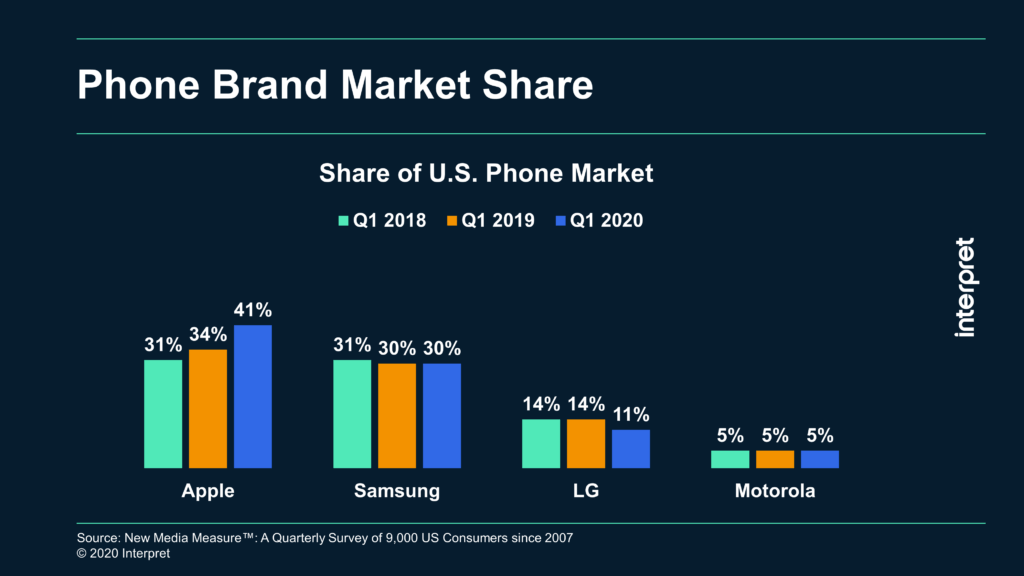Apple recently unveiled not one, not two, but four new models of iPhone, ranging in price from $699 for the iPhone 12 mini to $1,099 for the iPhone Pro Max. Apple will continue to sell the iPhone SE ($399), iPhone XR ($499) and iPhone 11 ($599), but consumers interested in making the switch to 5G wireless service will need to upgrade to one of the four new iPhone 12 models.
With the upper end of the new iPhones, it’s clear that Apple is making a significant push with more serious photographers. The iPhone 12 Pro and Pro Max both come with a Lidar sensor, which should significantly improve focus speed for the device’s camera while also enabling AR functionality. The Pro models also include a telephoto lens in addition to wide and ultrawide lenses and feature bigger camera sensors overall. From an entertainment perspective, Apple is offering a ceramic-protected OLED display for the first time – the Pro Max offers the largest display ever in an iPhone, coming in at 6.7 inches, compared to 6.1 inches for the 12 Pro and 5.4 inches for the 12 mini.
The design of Apple’s iPhones hasn’t changed drastically in recent years – it’s been more evolution than revolution. And while some critics have accused the company of failing to truly innovate in the smartphone category, the fact is that most consumers don’t care that much and are more than happy to switch to or upgrade their iPhone when the need arises. For the past few years, the iPhone’s market share in the US has continued to increase, jumping from 31% of consumers in 2018 to 41% in Q1 2020, representing about 135 million Americans, according to Interpret’s New Media Measure®. Meanwhile, one of Apple’s closest competitors, Samsung, has held onto its 30% market share in the US, but hasn’t been able to grow it. Samsung launched updates to its lineup of phones over the summer.
“It’s going to be a significant challenge for Samsung or another smartphone manufacturer to unseat Apple,” said Harry Wang, Senior Vice President at Interpret. “The brand is incredibly strong in the US and often sees attractive deals with major wireless carriers. iPhones are also tied to a built-in App Store ecosystem that many users have bought into with numerous app purchases, making them more likely to want to stay within that ecosystem when upgrading their smartphone.”




